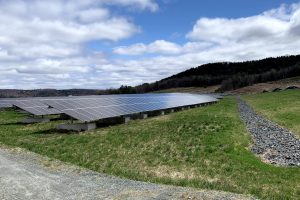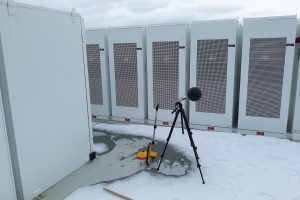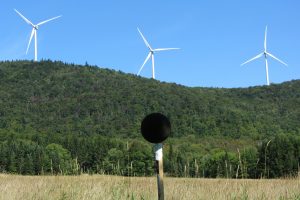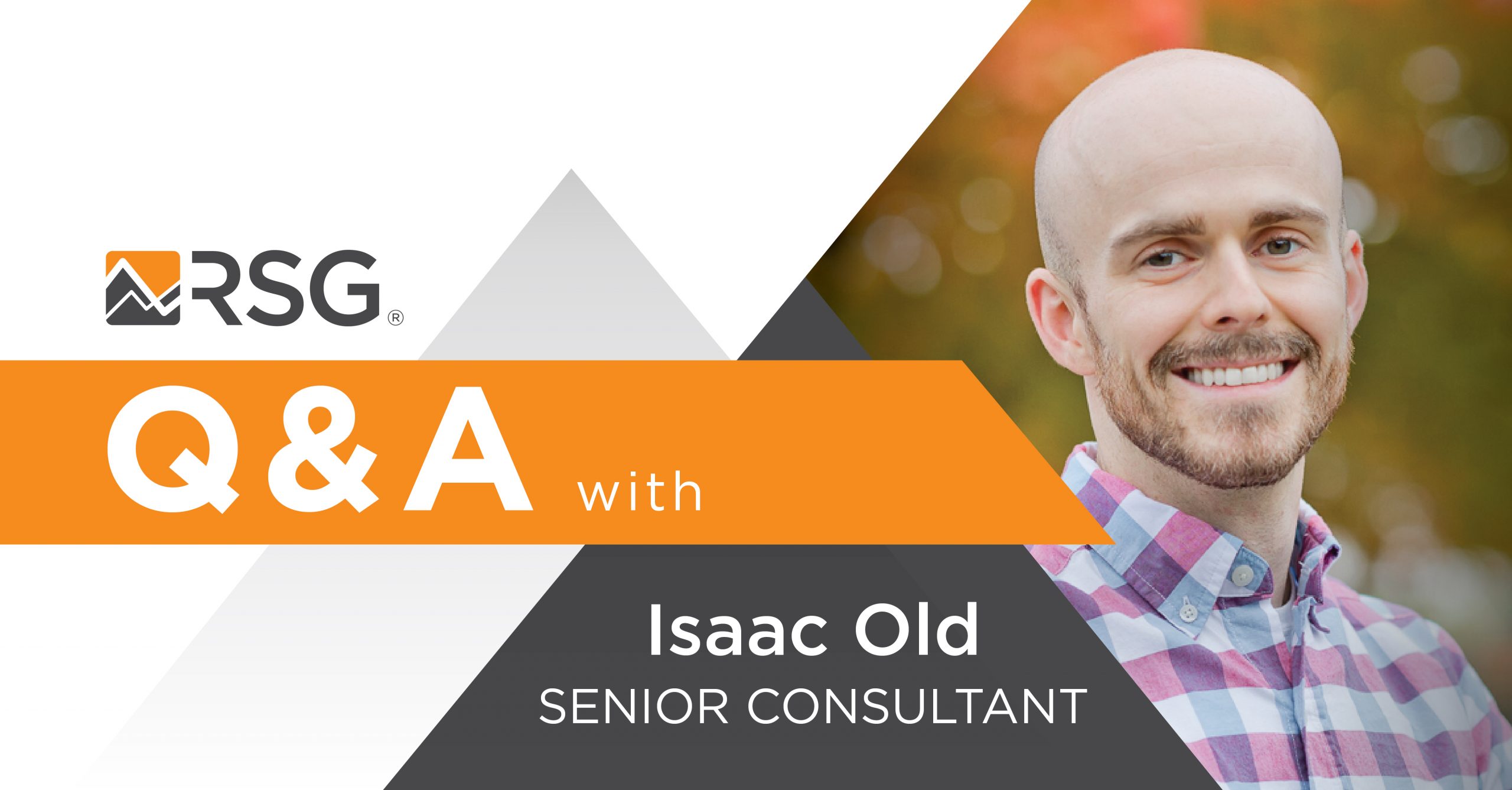Acoustics has long been a data-intensive science, often limited by the complexity and volume of data required to yield meaningful insights. However, modern technological breakthroughs have simplified this complexity, enabling consultants to tackle previously challenging questions.
At RSG, we lead this transformation by applying sophisticated analytics and cutting-edge modeling techniques to help clients better understand and manage acoustic environments. Through proprietary enhancements to standard models, we have also developed customized tools tailored specifically to our clients' needs.
We spoke with Isaac Old, an expert in noise control engineering and acoustics, about how advancements in data analytics, artificial intelligence (AI), and computational power are transforming noise modeling and prediction, shaping better outcomes for RSG’s clients and our communities.
How is technology transforming the work of noise control engineering?
Increased storage capacity in sound meters allows us to collect extensive data without constant human oversight. Additionally, advances in analytical tools leveraged by our team enable us to quickly summarize the data we collect. Further, with more recent advances in machine learning, we can also break down and interpret results more efficiently. The development of these analytical capabilities significantly reduces the time needed to summarize complex datasets.
Moreover, when it comes to sound modeling, increased computational power allows us to use more sophisticated and resource-intensive algorithms. In the past, some models were impractical; they could take days or weeks to run. Today, these same models run much faster. As computing power continues to advance, we will look to employ even more accurate models across larger scales and achieve better results.

The Elizabeth Mine Solar Project transformed a former copper mine Superfund site in Vermont into a 20,000-panel solar array, generating approximately 8.7 million kilowatt-hours annually. RSG contributed noise control engineering expertise to this project, ensuring that the integration of renewable energy infrastructure harmonized with community well-being.
In fact, what sets RSG apart is our unique diversity of technical expertise, especially in modeling. While standard acoustics consulting often relies on common modeling algorithms, RSG routinely employs more advanced, complex sound propagation models. These models, classified as either detailed engineering or scientific models, incorporate a greater range of variables and deliver deeper insights for our clients to use when making decisions.
Additionally, we've developed our own tools internally. For instance, we've taken standard modeling algorithms such as ISO 9613 and expanded them by creating custom utilities that allow us to model and visualize statistical sound levels. Rather than just providing a single result, these tools give us a distribution of sound levels throughout a typical day, delivering greater value to us and our clients. Overall, our team’s willingness to research, develop, and utilize these sophisticated models helps us to deliver detailed, precise analyses.
What are the biggest challenges organizations face in managing noise and vibration impacts today?
Each time a new invention or technology emerges, it creates potential acoustics issues that have not been encountered before. For example, battery energy storage systems (BESS), or electric vehicle (EV) technologies are becoming more common. These developments can introduce new or intensified sound sources.

A battery energy storage system (BESS) undergoes sound level measurement during a site assessment. As BESS technology expands alongside renewable energy growth, RSG applies advanced noise modeling and analytics to help clients understand and mitigate acoustic impacts.
New technologies can also replace or alter traditional sound sources. EVs, for example, have a distinct noise profile compared to internal combustion vehicles, where engine noise typically dominates at lower speeds. At higher speeds, tire noise tends to dominate in the case of both EVs and traditional vehicles, but even then, the specifics vary depending on vehicle type.
Managing these evolving acoustic sources requires thoughtful analysis about not only the introduction of new sound sources but also the implications of their interactions with or replacement of existing sources.
How are AI-driven noise modeling systems changing how we predict and mitigate noise issues?
Considerable potential exists with AI when it comes to noise control engineering. AI-enabled analytical software is already available and integrated into remote monitoring systems. Some of these systems can now automatically identify and label specific sound sources, greatly streamlining our analytical processes and delivering advanced insights.

A sound monitoring station collects data near a wind energy facility to assess noise impacts on surrounding communities. RSG leverages advanced noise modeling and data analytics to help clients balance clean energy generation with environmental and community considerations.
These AI-based analytical tools are still relatively new and are not yet widely implemented. While AI could automate and enhance modeling capabilities, consistency and repeatability remain critically important to modeling. If two consultants use the same AI-enabled modeling package with identical parameters, they would need to reach essentially identical results to be credible.
Though such AI-driven tools are not fully developed or commonplace yet, their future application could further speed up acoustical analysis and help us deliver deeper insights into understanding and managing increasingly complex noise environments.
What role does noise control engineering play in large-scale infrastructure and renewable energy projects, such as wind power or urban transit development?
Noise control engineering plays an important role in ensuring projects are designed appropriately for their environments. For large-scale infrastructure, such as transit lines or roads, we assess acoustic impacts to ensure developments are compatible with their surroundings. For example, in transportation projects, we analyze how noise from a new road or railway might affect nearby areas, ensuring the impacts align with regulatory requirements. We also help identify solutions that meet aesthetic goals, such as preserving the tranquility of parks or natural spaces nearby.
Beyond the technical side, noise control engineering intersects with public perception and acceptance. Although acoustics is grounded in science—sound measurement, analysis, and modeling—it intersects with subjective human perceptions. People’s reactions to noise depend significantly on context, expectations, and personal preferences. Two individuals might perceive the same sound source very differently, influenced by personal sensitivities, attitudes toward the project, or how they perceive the development process. Thus, the work of noise control engineering involves balancing rigorous scientific analyses with careful consideration of public response and practical implementation.
·····························
Isaac Old, INCE Bd. Cert. is a Senior Consultant at RSG. Isaac specializes in acoustics, with expertise in environmental noise assessments and architectural acoustics. He has extensive experience in pre- and post-construction sound measurement, sound propagation modeling, and noise mitigation strategies across industries such as renewable energy, electrical transmission, and urban development. Isaac is board certified by the Institute of Noise Control Engineering and has contributed to research on wind turbine noise and environmental sound modeling. His work helps RSG’s clients navigate complex acoustic challenges, ensuring regulatory compliance and delivering deeper insights into noise control engineering. Connect with Isaac »
Isaac will attend American Clean Power’s Siting & Permitting Conference in Seattle, Washington, from April 14 to April 16, 2025. Interested in connecting with our team and learning more about RSG’s approach to noise control engineering? Contact us to request a consultation.



